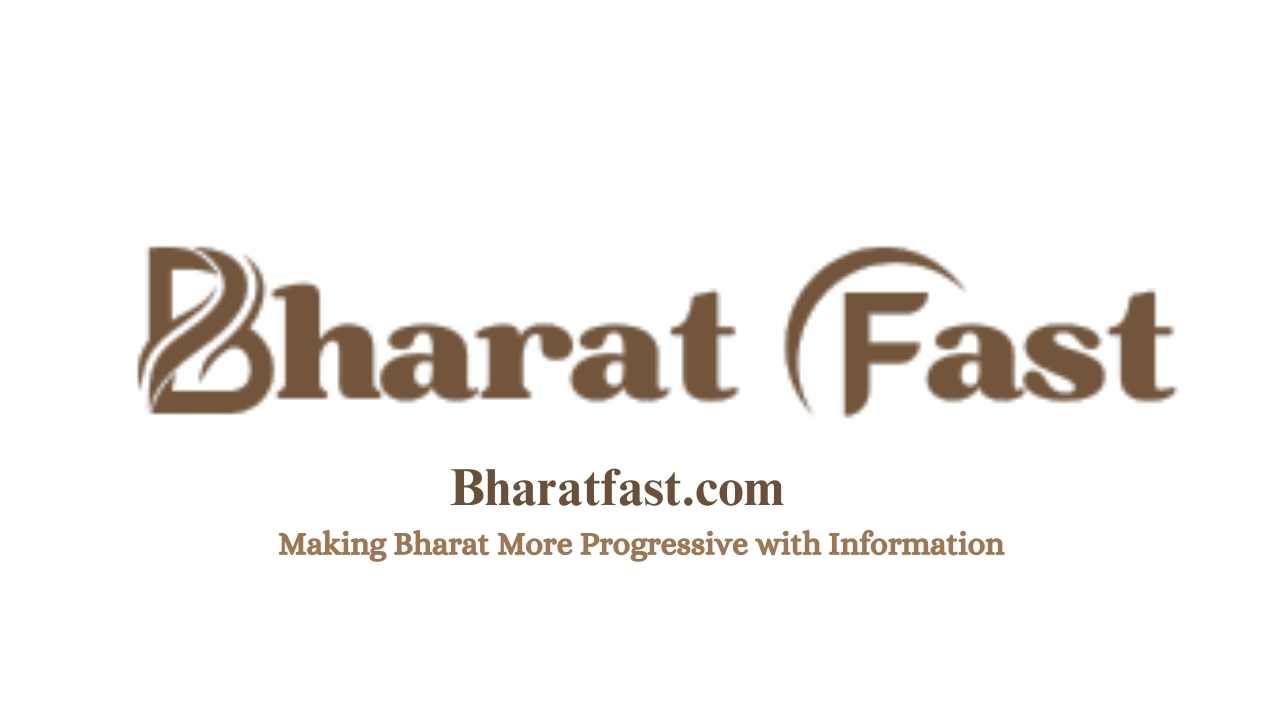Nestle India, a giant player in the fast-moving consumer goods (FMCG) sector, is set to unveil its financial results for the July-September period on October 17, 2024. Known for beloved brands such as Maggi, KitKat, and Nescafé, the company’s forthcoming quarterly report for Q2FY25 has generated significant interest among investors and analysts. Expectations are high, with predictions of a robust increase in adjusted profits and operating revenues, primarily driven by strategic pricing adjustments and an evolving market landscape. In this analysis, we will explore various key metrics, trends, and insights related to Nestle India’s upcoming Q2 results, shedding light on factors that could influence its performance in an increasingly competitive environment.
Nestle India’s Performance Expectations
As Nestle India prepares to report its Q2 results, analysts from prominent financial institutions project a notable uptick in both profit and revenue. The following table summarizes the expected financial indicators for the July-September 2024 quarter.
| Financial Metric | Q2FY25 (Expected) | Q2FY24 (Previous) | Year-on-Year Change |
|---|---|---|---|
| Adjusted Profit (PAT) | ₹876 crore | ₹805.5 crore | +7% to +8% |
| Operating Revenue | ₹5,333.05 crore | ₹5,010 crore | +5% to +7% |
| EBITDA | ₹1,258 crore | ₹1,225 crore | +2.7% |
| EBITDA Margin | 23.7% | 24.5% | Decrease |
Key Factors Influencing Results
Impact of Pricing Strategies
Pricing strategies have become paramount for Nestle India, particularly as the company navigates fluctuations in raw material costs. With rising expenses associated with coffee and cocoa, strategic pricing adjustments have enabled Nestle India to maintain revenue growth amidst challenging market conditions. According to several analysts, this proactive approach to pricing is a key driver behind the expected increase in sales.
Market Dynamics and Demand Trends
Consumer demand dynamics play an integral role in shaping Nestle’s performance. Analysts recommend that investors closely monitor shifts in demand across rural and urban markets, as they may exhibit distinct patterns due to varying economic conditions and consumer spending habits. The ongoing rise in food inflation could also affect volume growth, necessitating responsiveness from Nestle regarding inventory and supply chain management.
Broker Expectations for Q2 Results
Insights from Axis Securities
Axis Securities analysts predict impressive sales growth in Q2FY25, with revenue expected to rise to ₹5,318 crore. This projection reflects a year-over-year increase of approximately 6.2%. The EBITDA is anticipated to reach ₹1,258 crore, signifying a slight uptick from the previous year. However, analysts caution that margin pressures due to escalating coffee and cocoa costs could reduce the EBITDA margin to 23.7% from 24.5%.
Perspectives from Motilal Oswal Financial Services
Motilal Oswal forecasts net sales of ₹5,345 crore for Q2FY25, marking a 6.1% increase from the corresponding quarter in the previous year. They also expect a modest rise in the EBITDA margin by 30 basis points to 25.1%. This growth is attributed to Nestle’s focus on expanding its distribution network, a strategy that may enhance market penetration and accessibility.
Analysis by Kotak Institutional Equities
Kotak Institutional Equities anticipates a revenue boost of approximately 7% year-over-year to ₹5,362 crore, fueled by pricing adjustments and stable export growth. The positive projection is complemented by an expected volume increase of 2-3%, suggesting that Nestle’s products maintain their appeal within competitive markets.
Nuvama Institutional Equities’ Forecast
Nuvama’s analysis indicates potential slowdowns in key product segments such as Maggi noodles and baby nourishment. While they predict a modest increase across revenue, EBITDA, and volume of 4.9%, 5%, and 3% respectively, the overall sentiment suggests caution. The expected revenue for the quarter stands at ₹5,282 crore, consistent with insights from other broking firms while recognizing the volatility surrounding commodity prices.
Market Sentiment Going Forward
Investors and stakeholders are keenly observing the external factors impacting Nestle India’s market performance. With the FMCG landscape continuously evolving, driven by consumer preferences and economic shifts, how Nestle adapts to these changes will be crucial. Moreover, the ability to maintain or improve profit margins amid cost pressures presents an ongoing challenge for management.
FAQs
What are the main brands owned by Nestle India?
Nestle India is home to several well-known brands, including Maggi, KitKat, Nescafé, Milo, and Cerelac. These products span across various categories such as instant noodles, chocolates, coffee, and baby food.
How does Nestle India manage raw material cost fluctuations?
Nestle India employs various strategies to manage raw material cost fluctuations, including adjusting product pricing, optimizing sourcing strategies, and leveraging economies of scale to mitigate cost impacts on margins.
Why is the EBITDA margin important for Nestle India?
The EBITDA margin reflects Nestle India’s operational efficiency and profitability, indicating how much earnings are generated from each unit of revenue. A healthy EBITDA margin is indicative of effective cost management, a crucial factor for sustaining business growth.
What should investors watch for after the Q2 results are released?
Post-results, investors should focus on trends in raw material costs, shifts in consumer demand (both rural and urban), and insights from management regarding future strategies, competitive positioning, and overall outlook for the FMCG sector.
In conclusion, as we approach the announcement of Nestle India’s Q2FY25 results, the anticipation surrounding the company reflects larger industry themes, including pricing strategies and consumer demand shifts. With projections indicating revenue and profit growth, Nestle’s financial performance in the current quarter is crucial for stakeholders and can set the tone for future market expectations.
